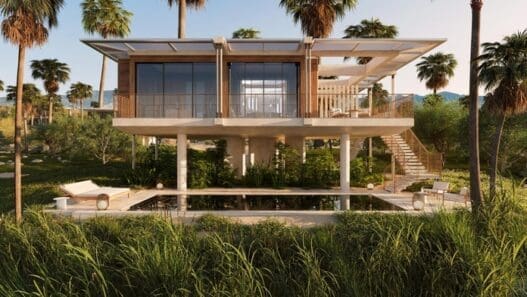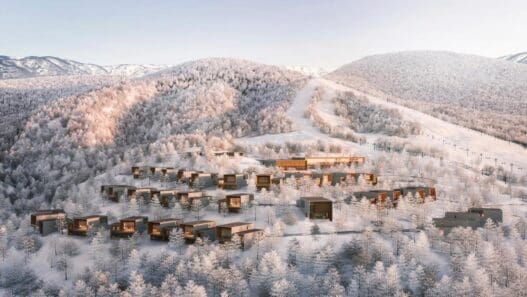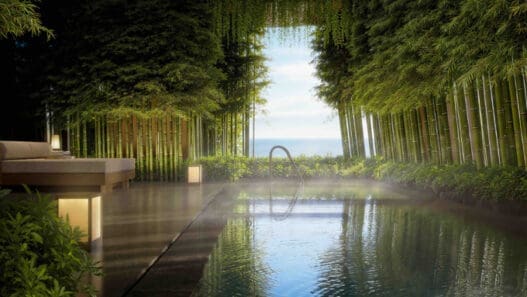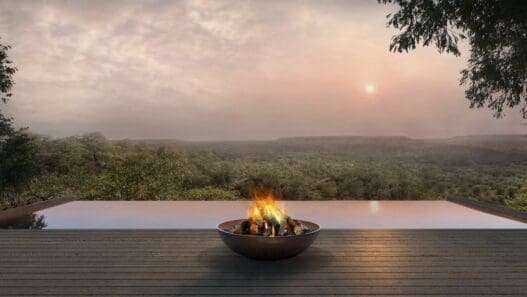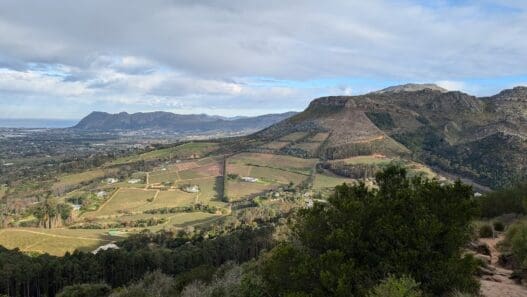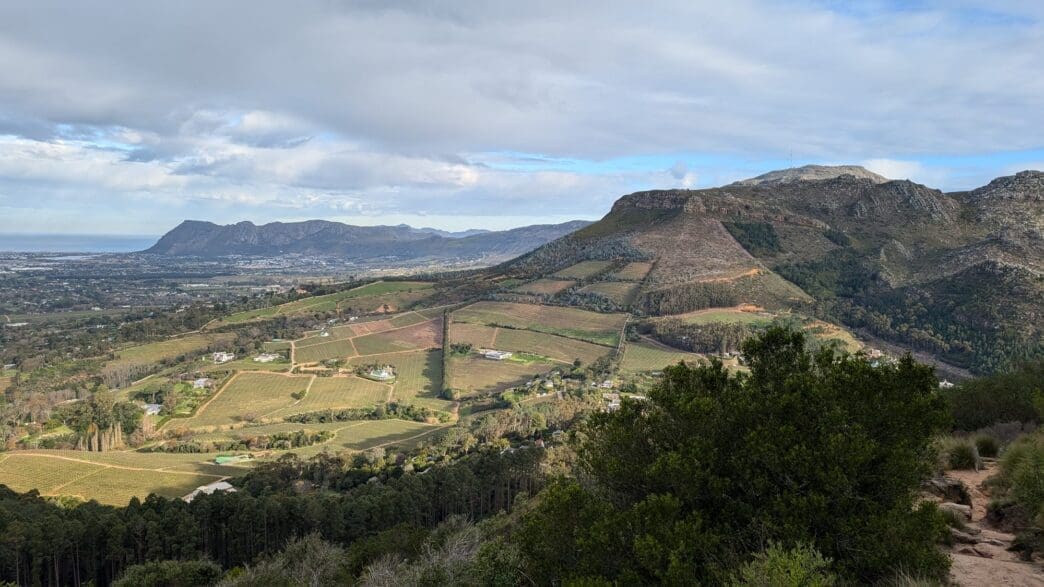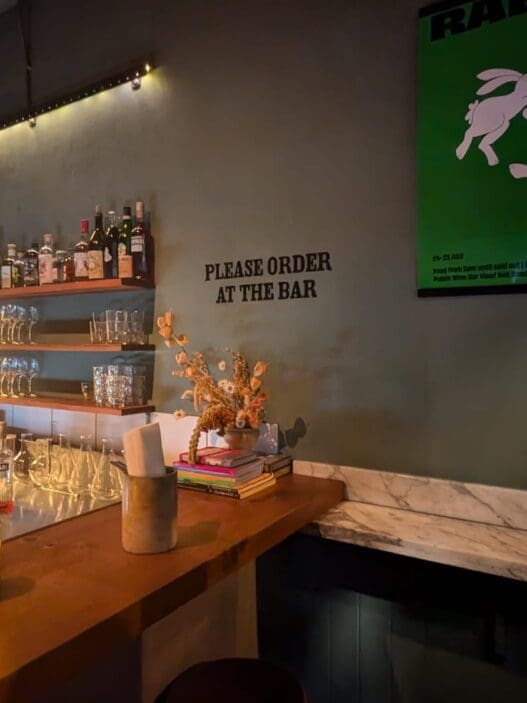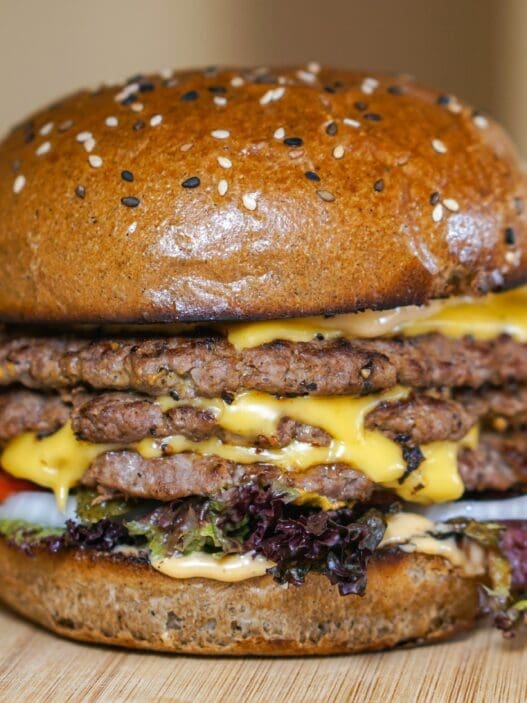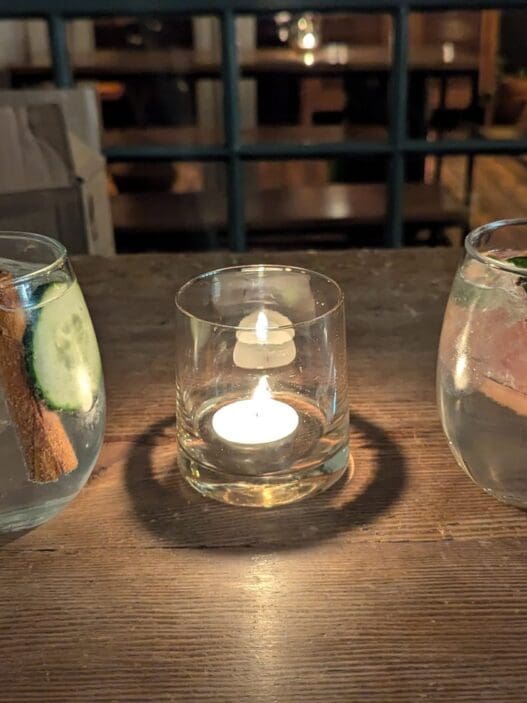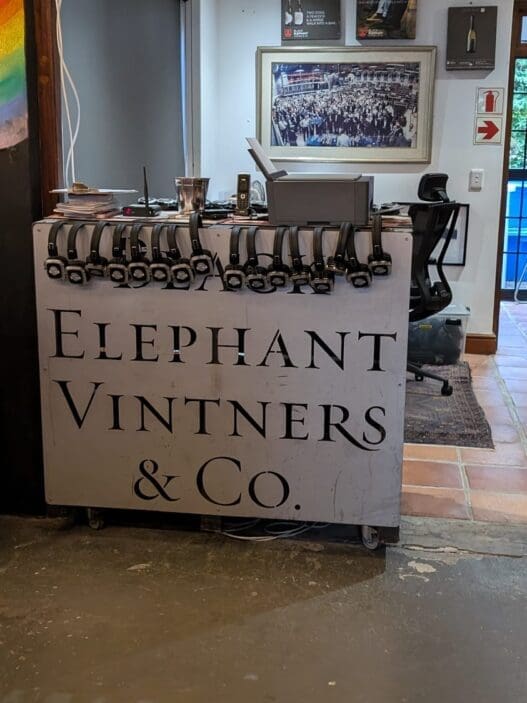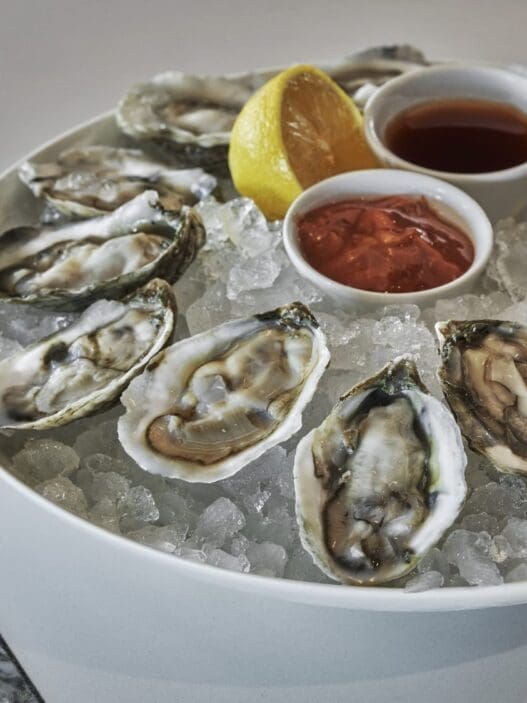💡 tl;dr – On my trip to South Africa last year, I visited Cape Town for a few nights to check out some of the country’s vineyards. Nearby to Cape Town is Constantia, a wine region known for some of the oldest wine estates in the country. How did I get there? By hiking, of course!
One of my life goals is to visit as many wine regions around the world as possible. If there’s a place where folks are growing vinis vinifera on a meaningful scale, I want to know about it and, ideally, see it for myself. One of my favorite things to combine with wine excursions? Hiking! It makes perfect sense. Some of the best places to grow grapes for wine are in valleys, along hillsides, or maybe even on the slope of a mountain. Thus, many regions feature varied topography, giving rise to fun and sometimes challenging hikes. You can always joyride your way to and through wine country, though sometimes it’s fun to take the long road. Such is the case with my trip to Constantia, home to the oldest wine estates in South Africa. Kicking off a hike from the back of the Kirstenbosch National Botanical Gardens, ascending Table Mountain, and trekking along Constantia Nek down into Constantia is not the most leisurely way to start a day at the wine farms, but it is a fun one. Let’s jump into it.
Constantia? Never Heard of Ya’
Storytime! Constantia’s wine history dates back to 1685, when Simon van der Stel, the Dutch Colonial Governor of Cape Town, purchased roughly 1,900 acres from the Dutch East India Company for a large plot of land about 10 miles south of the heart of the city, establishing Constantia Wine Estate. Van der Stel planted several different grape varietals, such as Frontignac, Pontac, red and white Muscadel, and the now region-defining Steen (Chenin blanc). However, Van der Stel wouldn’t live long enough to see his labors proliferate. After his death, the estate fell into disrepair until it was ultimately parcelled off and sold off. Two prominent wine estates were established from this partitioning: Groot Constantia and Klein Constantia. The former – Groot – is recognized as the oldest wine farm in South Africa, and the latter – Klein – became world famous for a sweet dessert wine – “Vin de Constance,” a favorite of none other than Napoleon Bonaparte who had 297 gallons worth shipped to him while in Exile in St. Helena. (Side note: Just what exactly was this man’s exile like? Every anecdote I hear about Napoleon makes me feel like he was posted up with a pool donut and open-top pineapple drink in some natural hot springs, just awaiting his next ‘time in charge.’)
In the mid-1850s, the dreaded field louse, phylloxera, would arrive in South Africa, wreaking havoc on the nascent wine industry and halting most wide-scale operations in Constantia for nearly 20 years. Additionally, a combination of government regulations and political upheaval would stymie the development and modernization of South Africa’s wine industry for the next century. Indeed, the end of Apartheid is widely regarded as the start of the current era of South Africa’s wine industry, as innovative techniques, capital, talent, and other resources were introduced to the country. May 4, 1990, marks the official end of Apartheid in South Africa, and this year also happens to be the release of Klein Constantia’s first vintage of “Vin De Constance” – a modern version of the famed “Emperor’s Wine” of lore.
The Path – Gardens to Constantia Nek
With only one true day for exploring Cape Town (we had a day-long visit to the wine farms in Franschhoek and Stellenbosch on another day), we decided that a visit to the Botanical Gardens would be a great kickoff to a hike up Table Mountain and down into Constantia to catch the last tastings of the day. Here is the rough path we charted.

The hike started easily enough—a stroll through the Botanical Gardens. Flowers and views. Not a bad deal by any means.
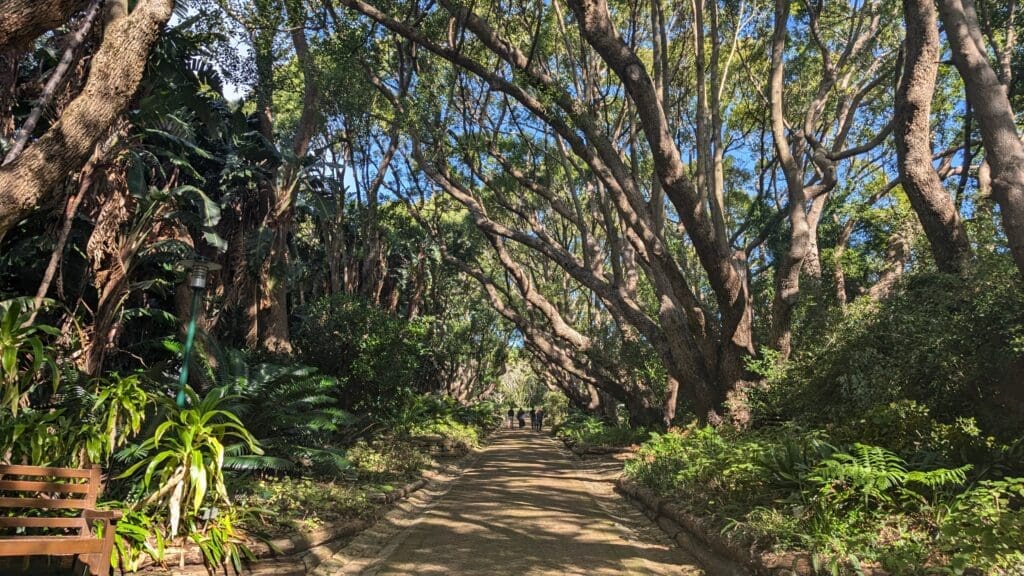
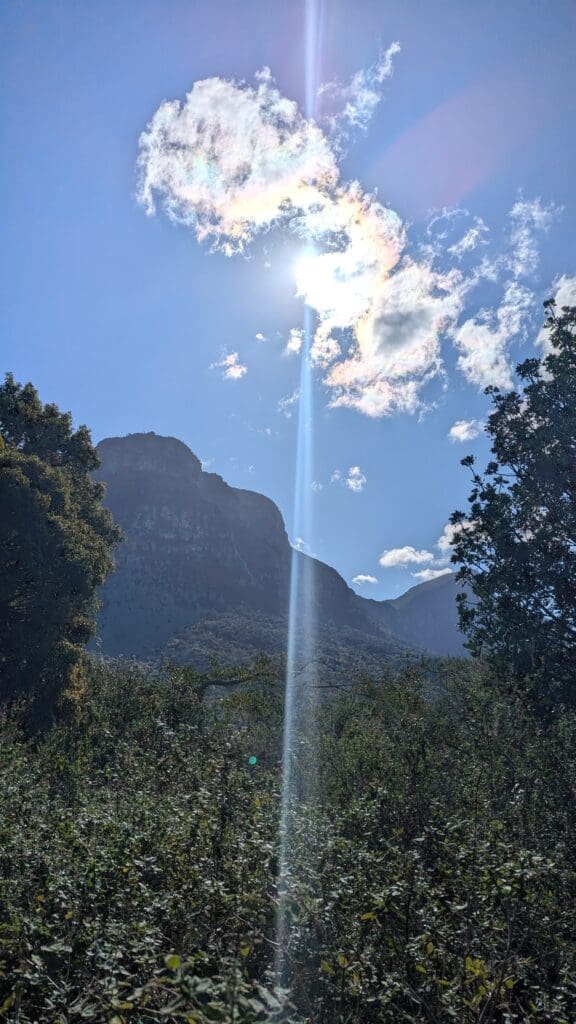
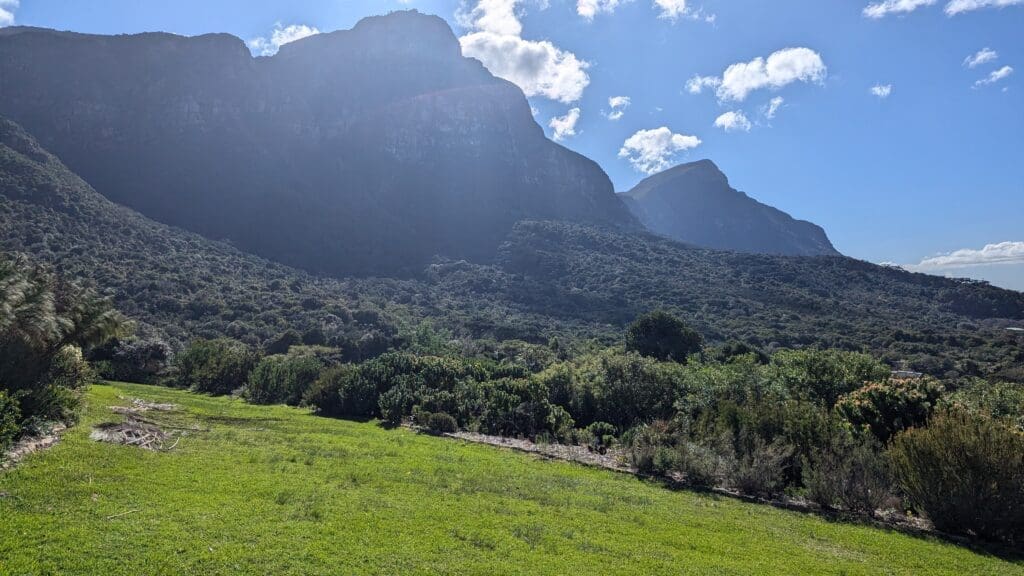
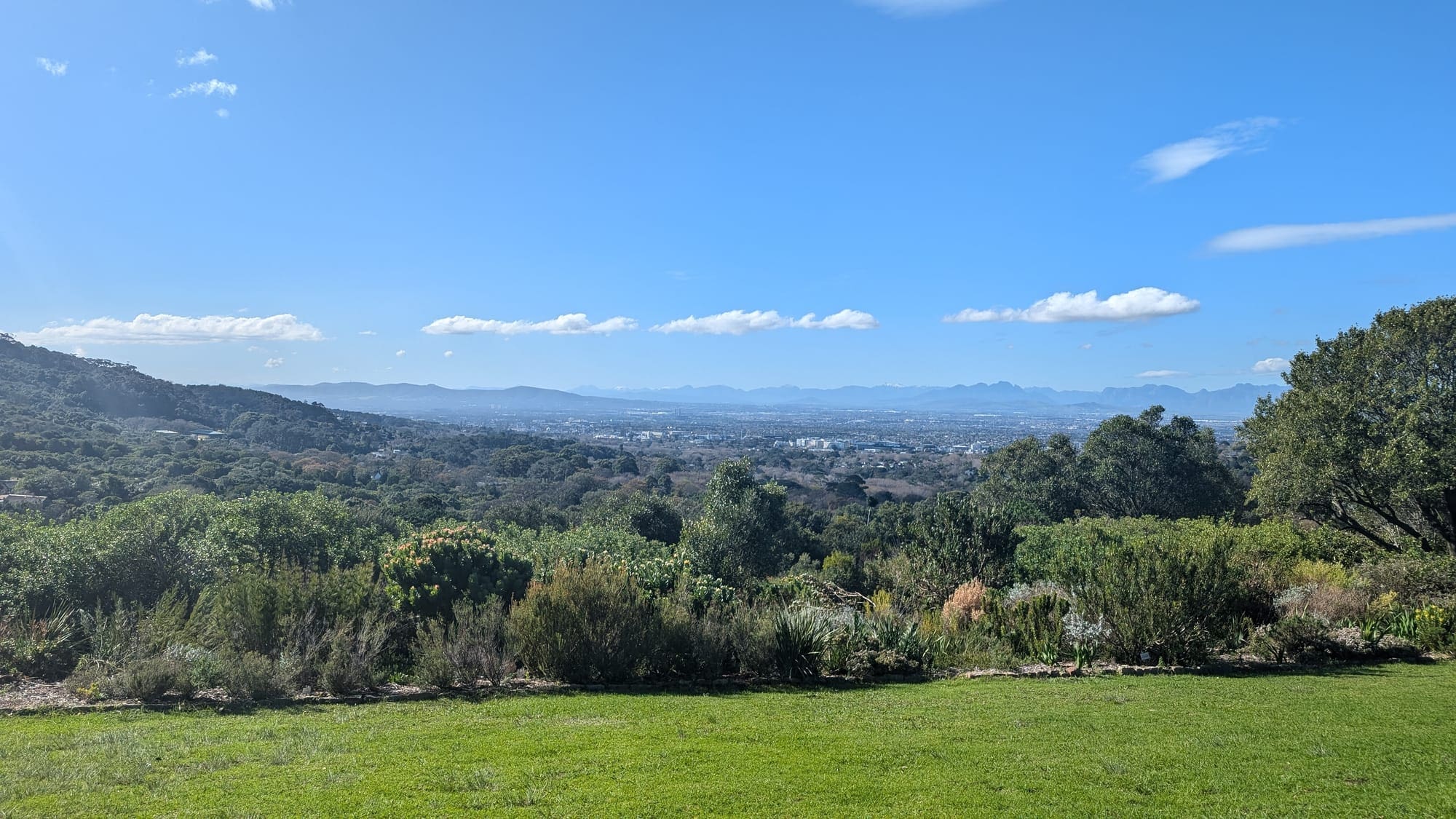
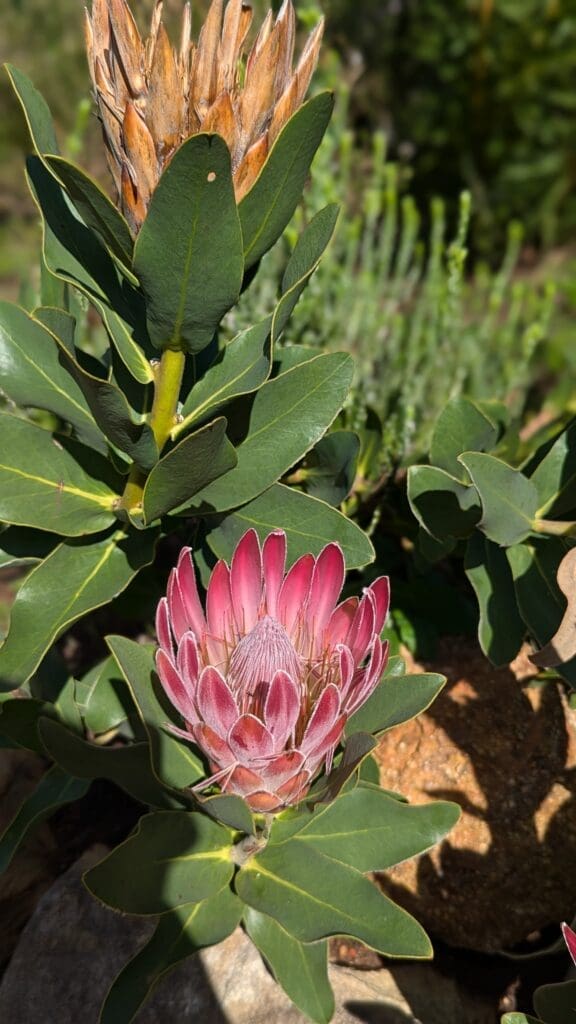
A path meets the Nursery Ravine trailhead at the back of the gardens. We turned onto the trail and spent the next few minutes ascending through a woody area past Vaalkatkloof Waterfall.
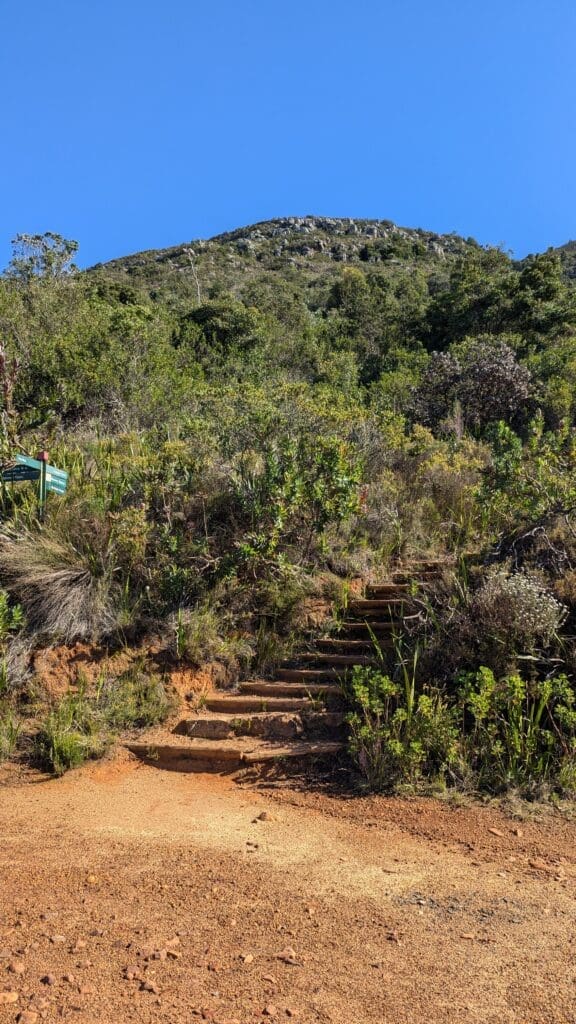
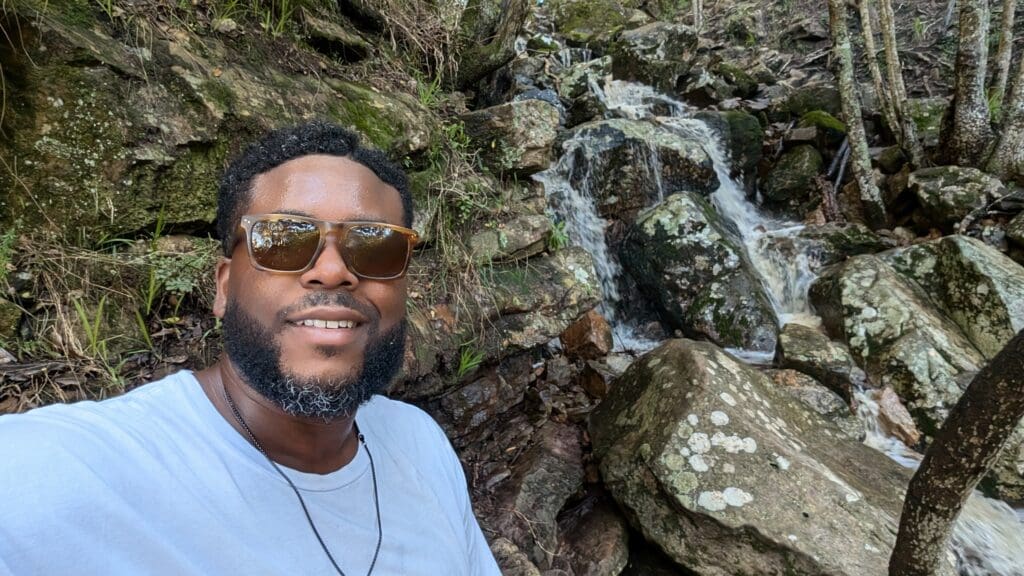
Emerging from the woods, we had a lot of work climbing to the top of Table Mountain. I paused a few times along the way up to take in the stunning views (and catch my breath).
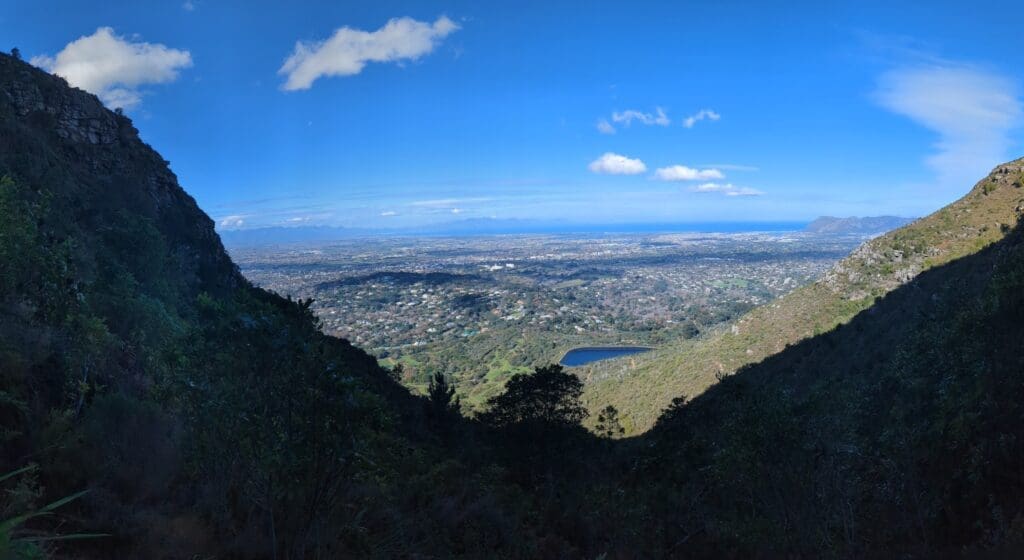
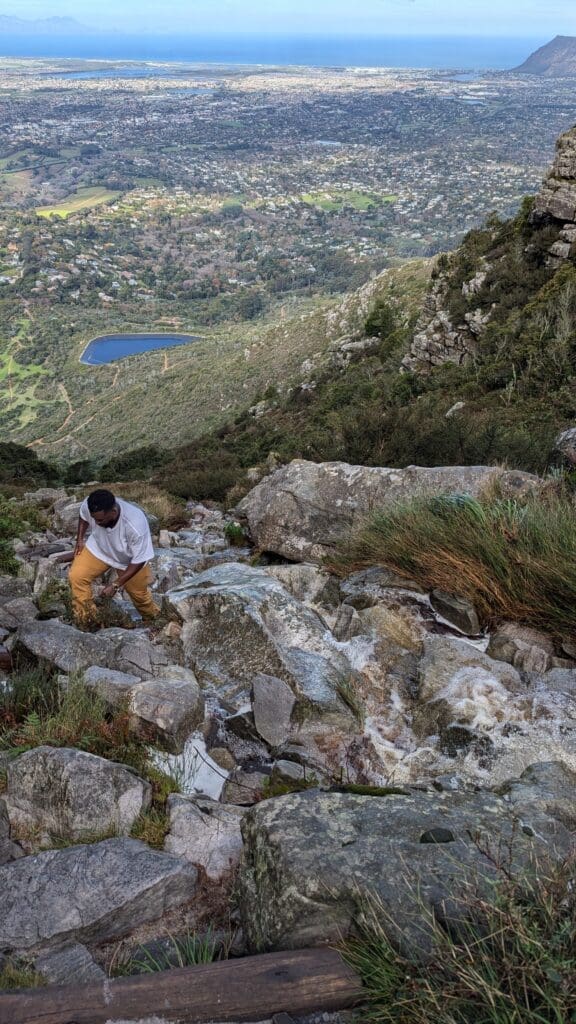
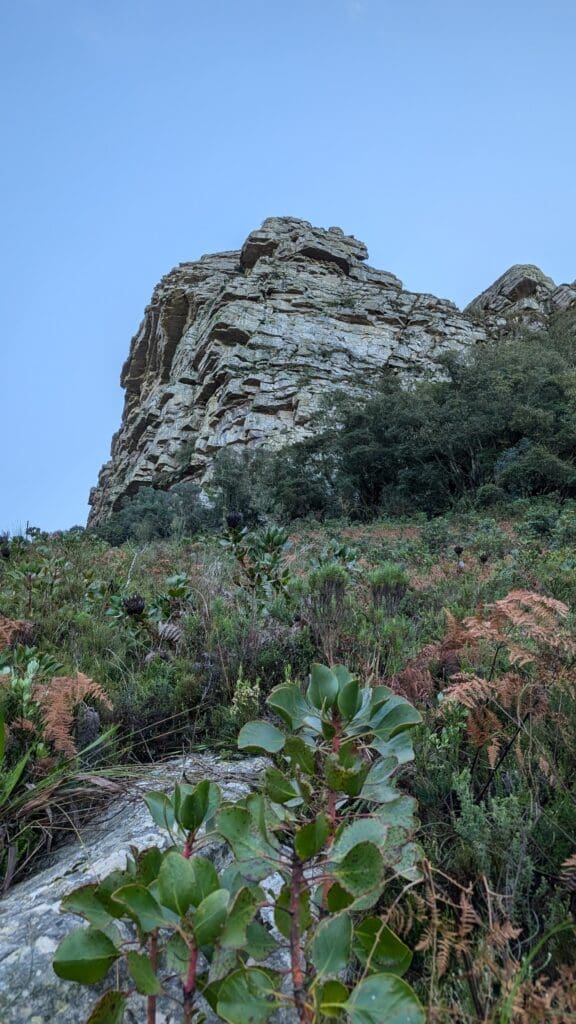
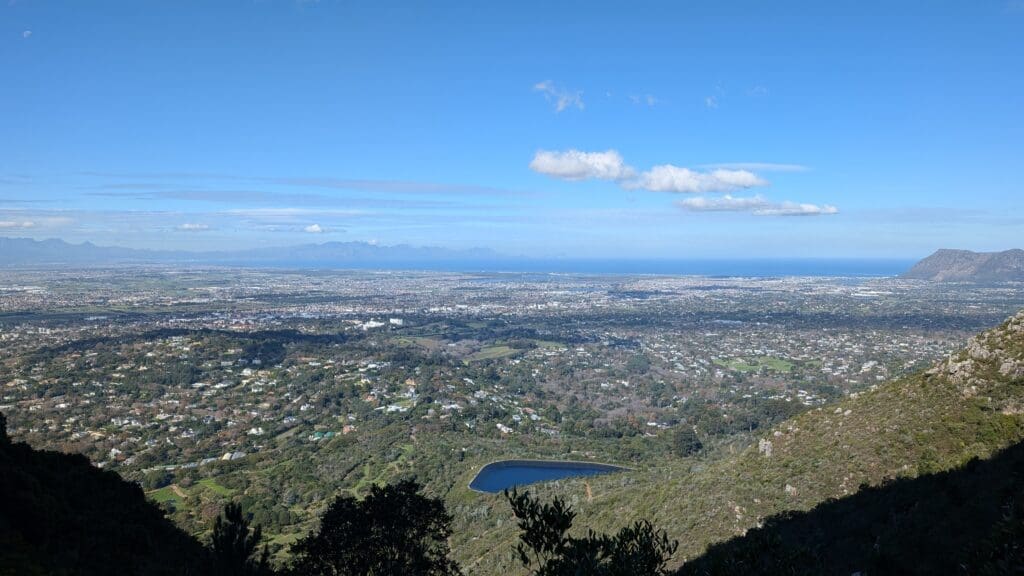
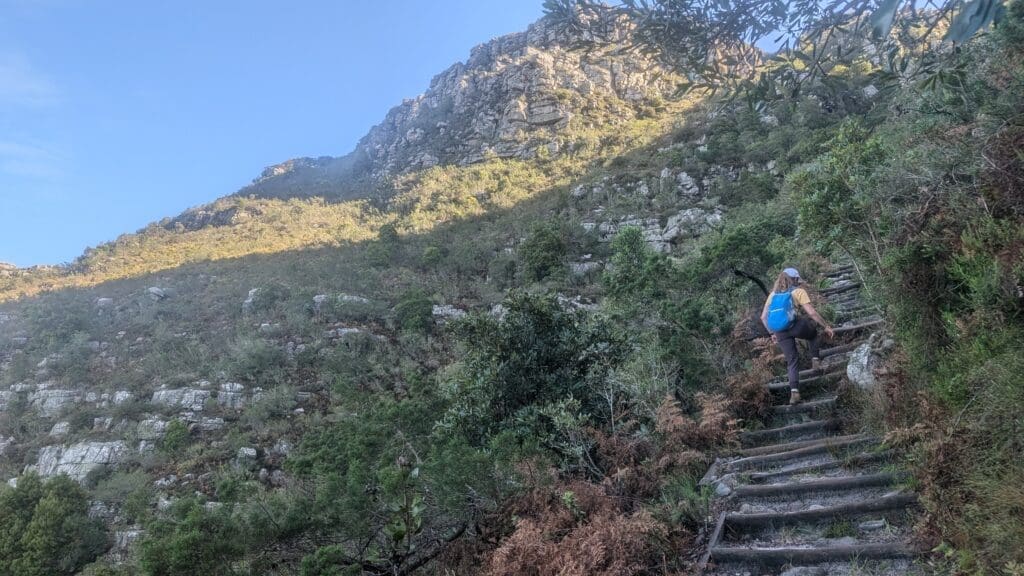
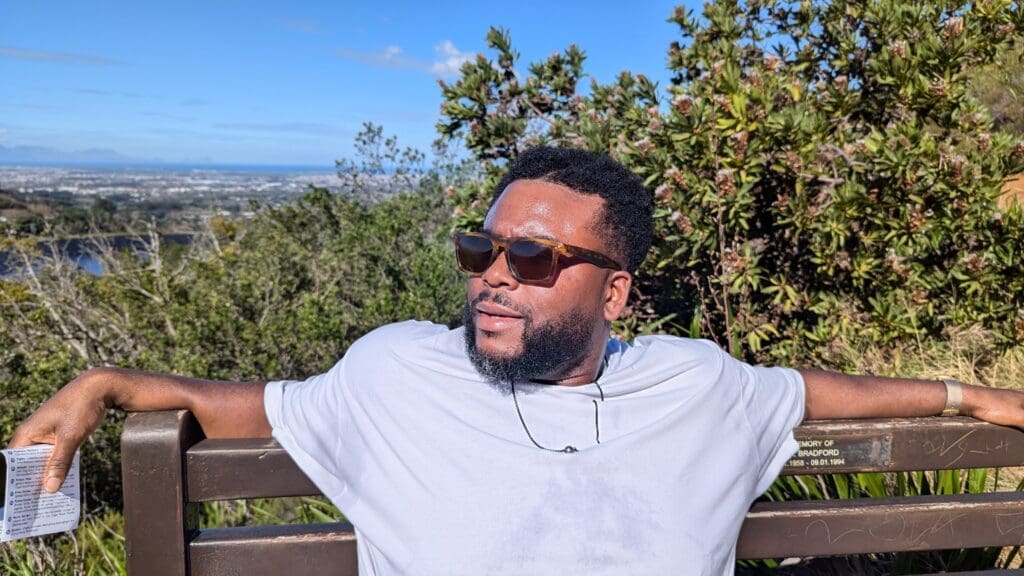
On top of Table Mountain, a general arrow indicator pointed towards the junction to Constantia Nek, which we knew would lead us down into wine country. However, there wasn’t great signage letting you know exactly how to get there. I had offline maps and was able to piece together the route using a few landmarks.
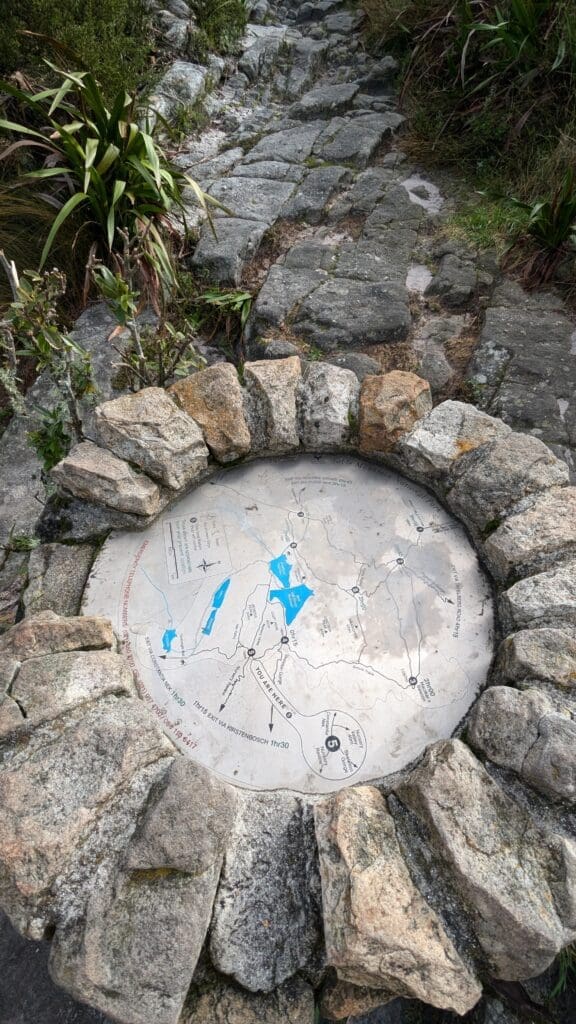
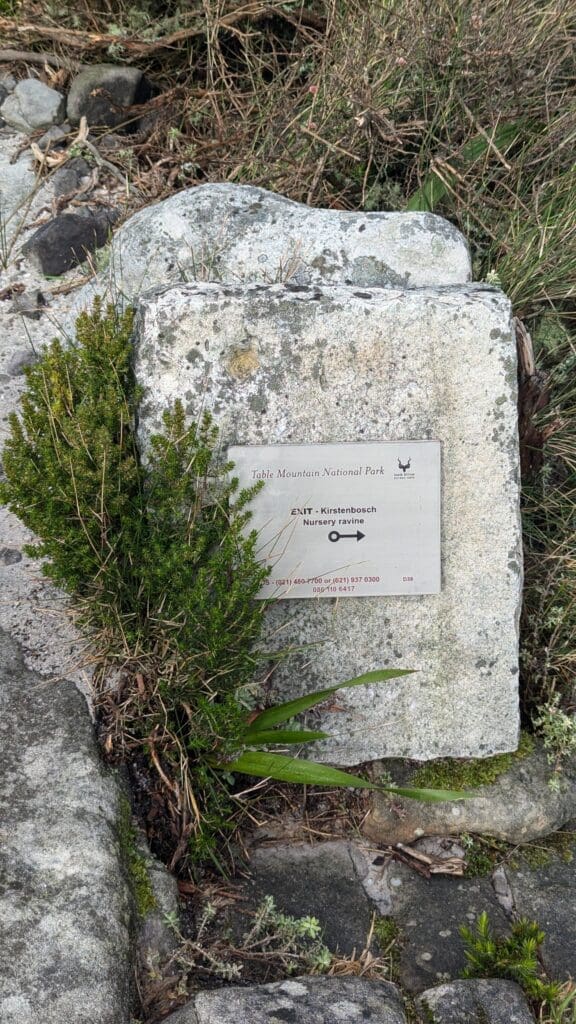
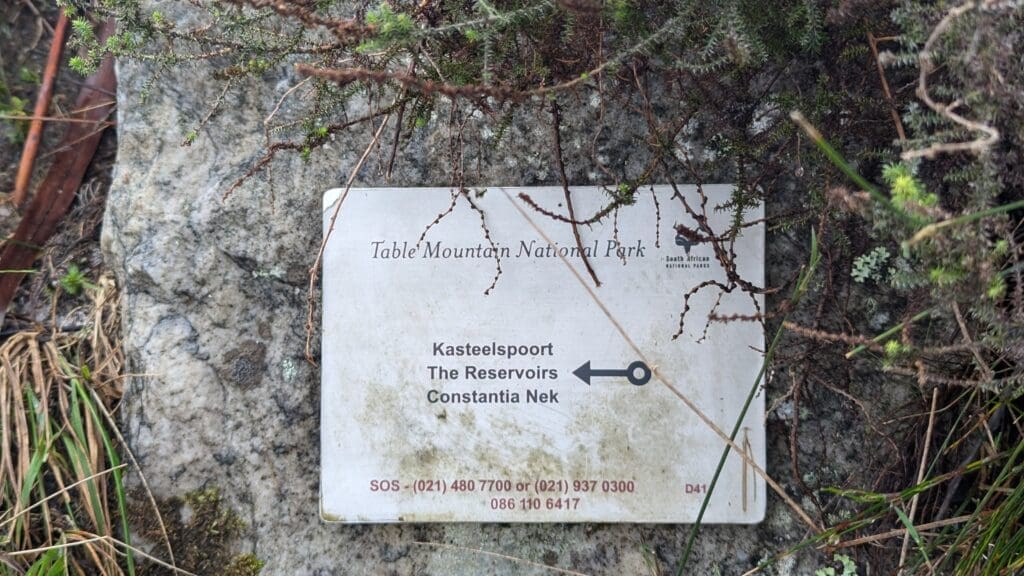
After shuffling past a few felled trees blocking the way, we joined Constantia Nek to hike down into wine country. Along the way, the views of vineyards in the distance did not disappoint.
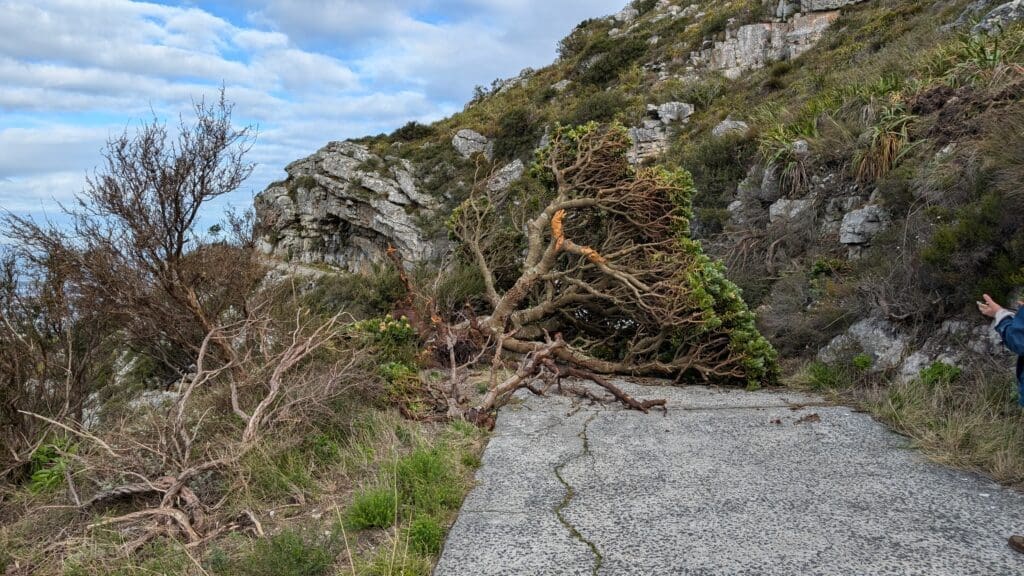
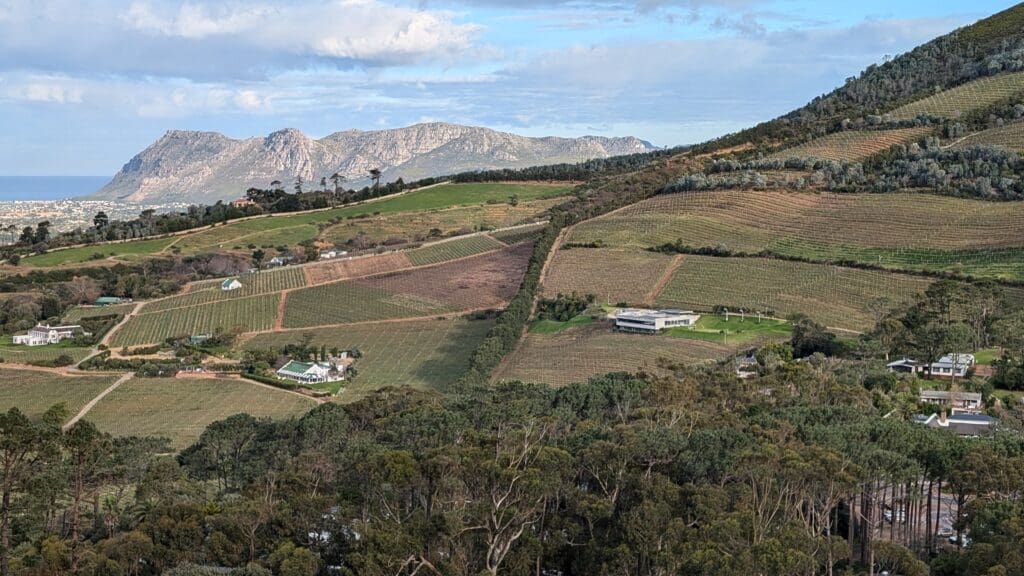
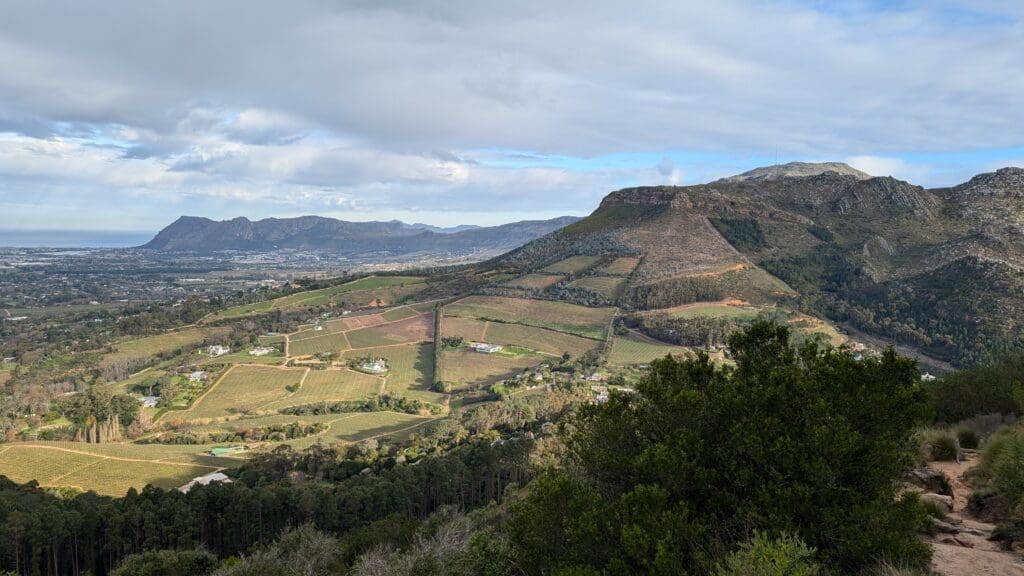
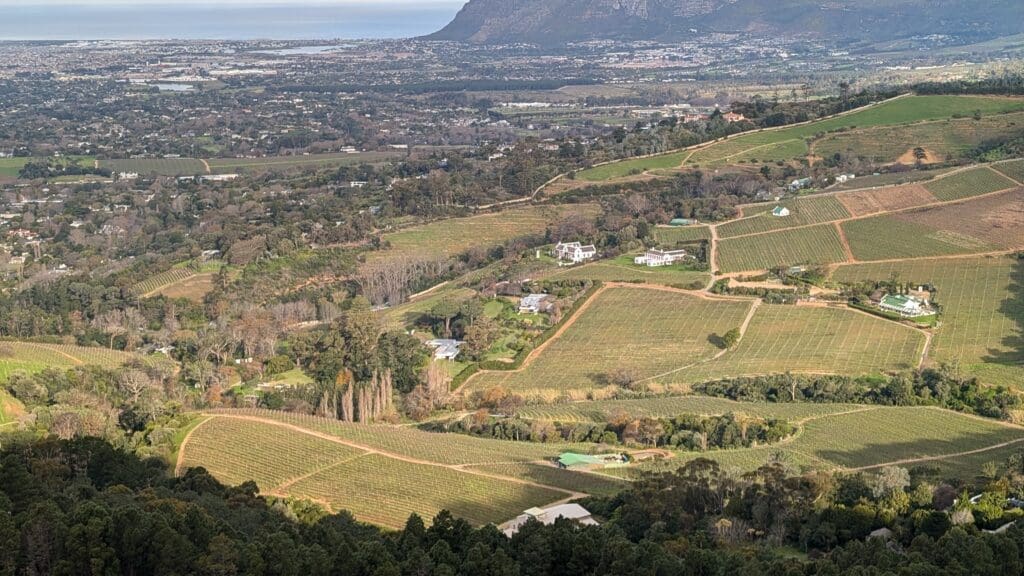
Views from Constantia Nek Trail – Source: You Are Travel
Closing out the descent, we arrived in Constantia. Not far from the trailhead, we started to see the first signs for the Constantial Valley Wine Route and individual wine farms.
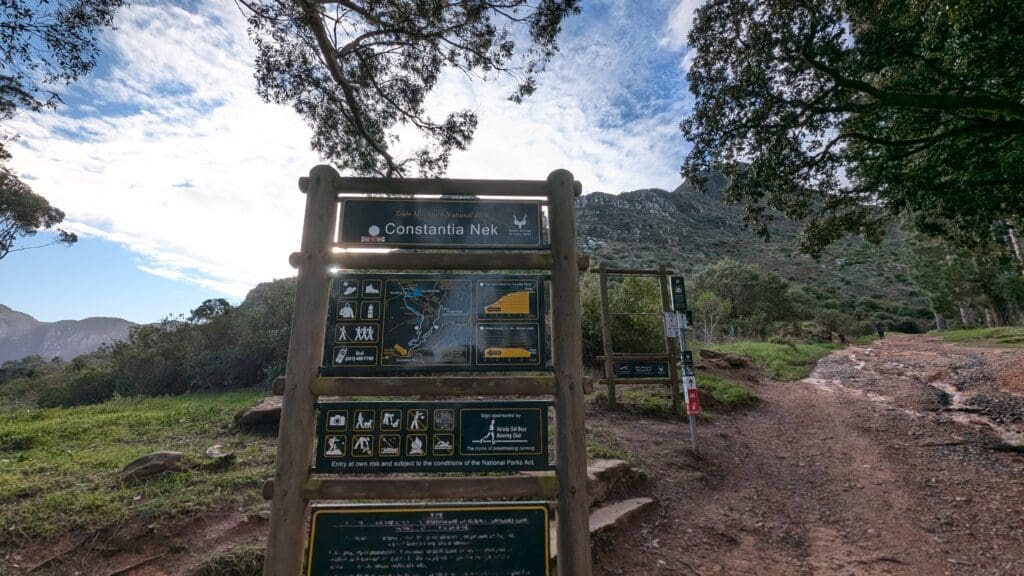
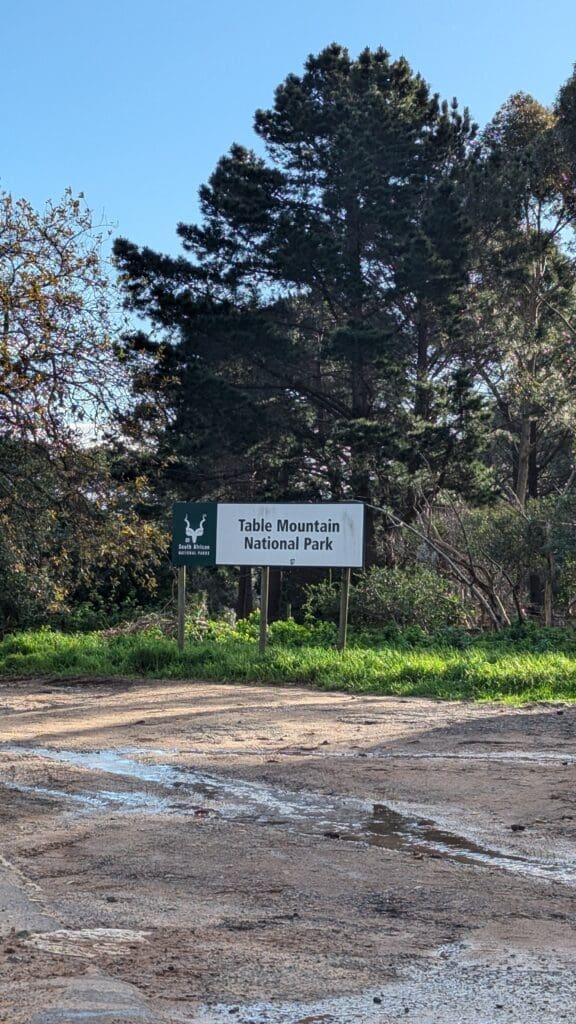
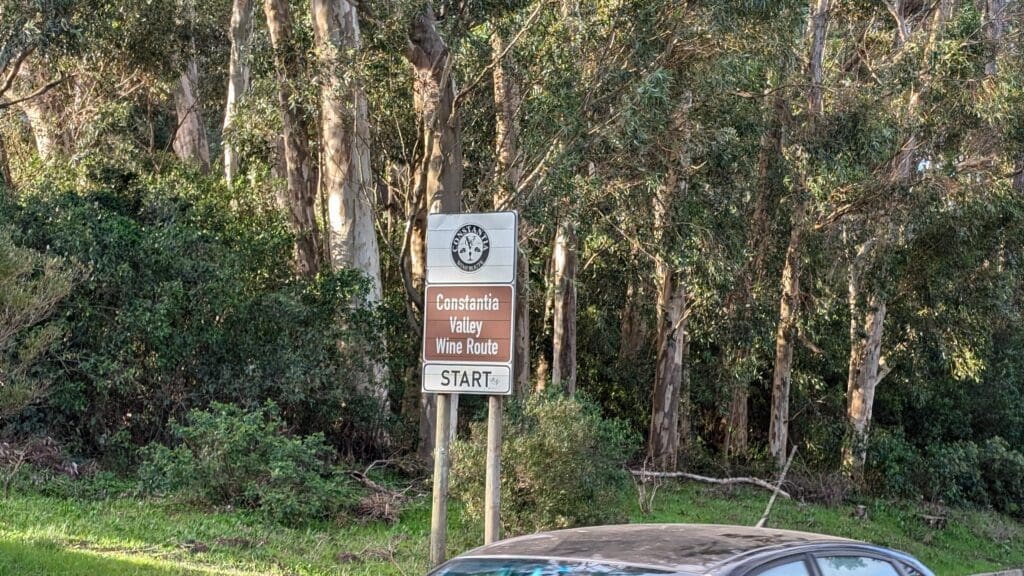
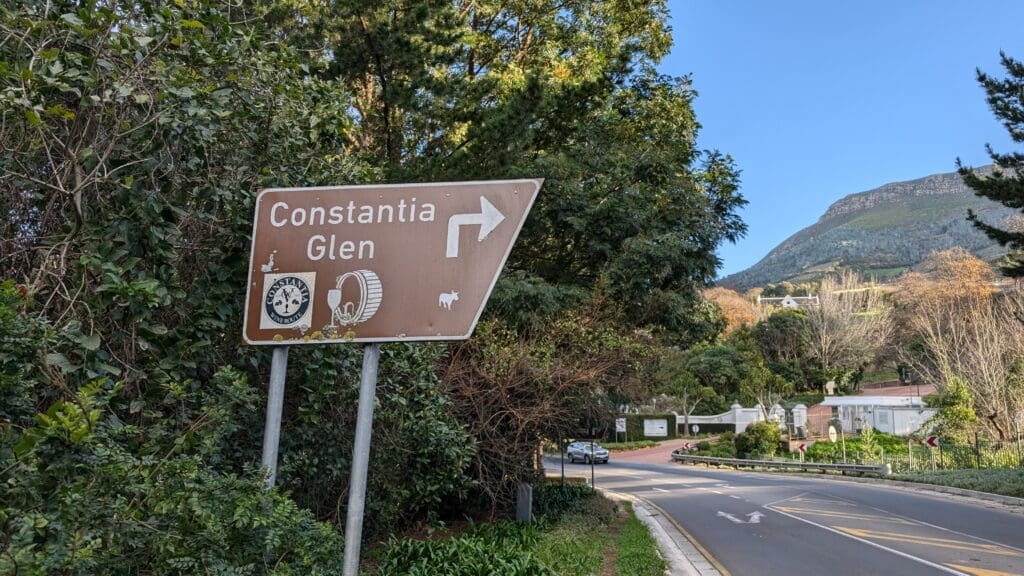
We made it to Constantia! – Source: You Are Travel
Time to sip. Or so we thought.
I fully admit to being less than prepared for this journey to Constantia. I wouldn’t say I’m an ultra planner when traveling, but I typically at least do enough of the essential due diligence to figure out a few options of where to eat and things to do – in case plans go awry. In this case, we arrived at Constantia around 4:30 pm, when many wine farms offer their last tasting (though many tasting rooms close at 5, 6, or 8 pm). Additionally, as this was July, it’s the slower season for travel, and it’s not uncommon for a few wine farms to have reduced (though unpublished hours). After that long journey – the hike took us about two hours – most of the wineries within walking distance of the trailhead had closed their doors. Beau Constantia, due in part to its being well-reviewed and its proximity to the trailhead, would be our first choice. When that didn’t work out, we shuffled down the road to Constantia Glen – the winery that (according to its website) stayed open the latest (9 pm), only to find that they too had closed early (or perhaps were temporarily closed). Either way, no wine tasting for us.
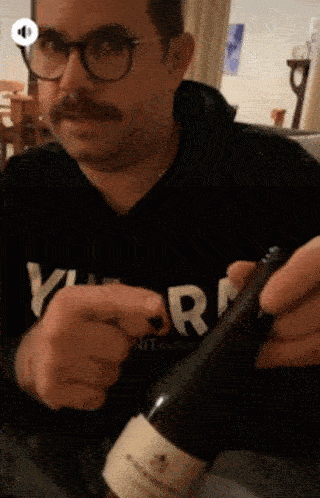
After recouping and planning our next stop, we saw some baboons artfully dumpster diving.
Baboon outside Constantia Glen – Source: You Are Travel
As I was also very much down in the dumps – I have to hand it to these crafty primates.

Overall, I recommend this pathway to Constantia, particularly if you like to stay active when you travel. Just be sure to plan a little better than I did, and, of course, let me know how it tastes!





